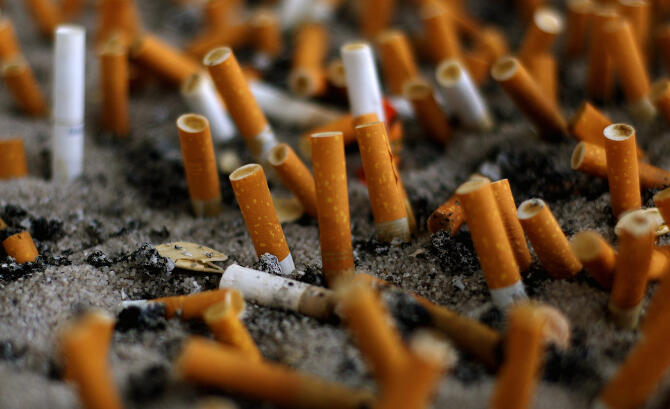1 in 5 people die from cancer in Argentina, but in the North Coast 1 in 3 people die due to the spraying of agrochemicals. Despite this, the Buenos Aires Senate gave preliminary approval to a project that allows fumigate 10 meters from urban centers.
That is, 200 out of every 100,000 people get sick of cancer in Argentina, but in fumigated villages are 700 per 100,000.
Why the increase in the number of deaths is because cancer in these towns? A fumigations with agrochemicals agro – production of the current model, which uses products such as glyphosate to kill weeds of crops, with a direct impact on people, both farm workers and those who live there.
These data come from the Physicians Network fumigated Peoples, which has been denouncing this situation since 2010, following repeated complaints from neighbors for many years ago, which had the same common denominator: the fumigations .
In this context many unknown, the Bonaerense Senate gave preliminary approval to the project of Senator Alfonso Coll Areco, Chairman of the Committee on Environment and Sustainable Development of the province of Buenos Aires, which authorizes use the herbicide glyphosate 10 meters from the centers urban, which means that are not taken into account court rulings against and not based on statistics and scientific evidence to establish distances.
According to the Physicians Network fumigated Peoples in agricultural areas of Buenos Aires 95 million kilos of fumigated glyphosate per year, and other highly toxic herbicides such as 2.4D , atrazine, glufosinate, very poisons and insecticides such as chlorpyrifos, imidacloprid, clothianidin and carbamates, which total more than 140 million kilos of dumping toxic agrochemicals about 5 million people living in small towns and rural villages. It is a potential dose of 35 kilos of pesticides per person per year and 23 kilos of glyphosate exposure Buenosairean per year.
For this reason it is that many organizations require that the fumigations land are made at a distance of more than 1000 meters from populated areas, and a total ban aerial spraying.
Recall that in 2015 the World Health Organization (WHO) released by the International Agency for Research on Cancer (IARC) , a study reveals that glyphosate caused damage to DNA and chromosomes in human cells analyzed , whereby the herbicide is considered a possible carcinogen, ie, it may cause cancer.











